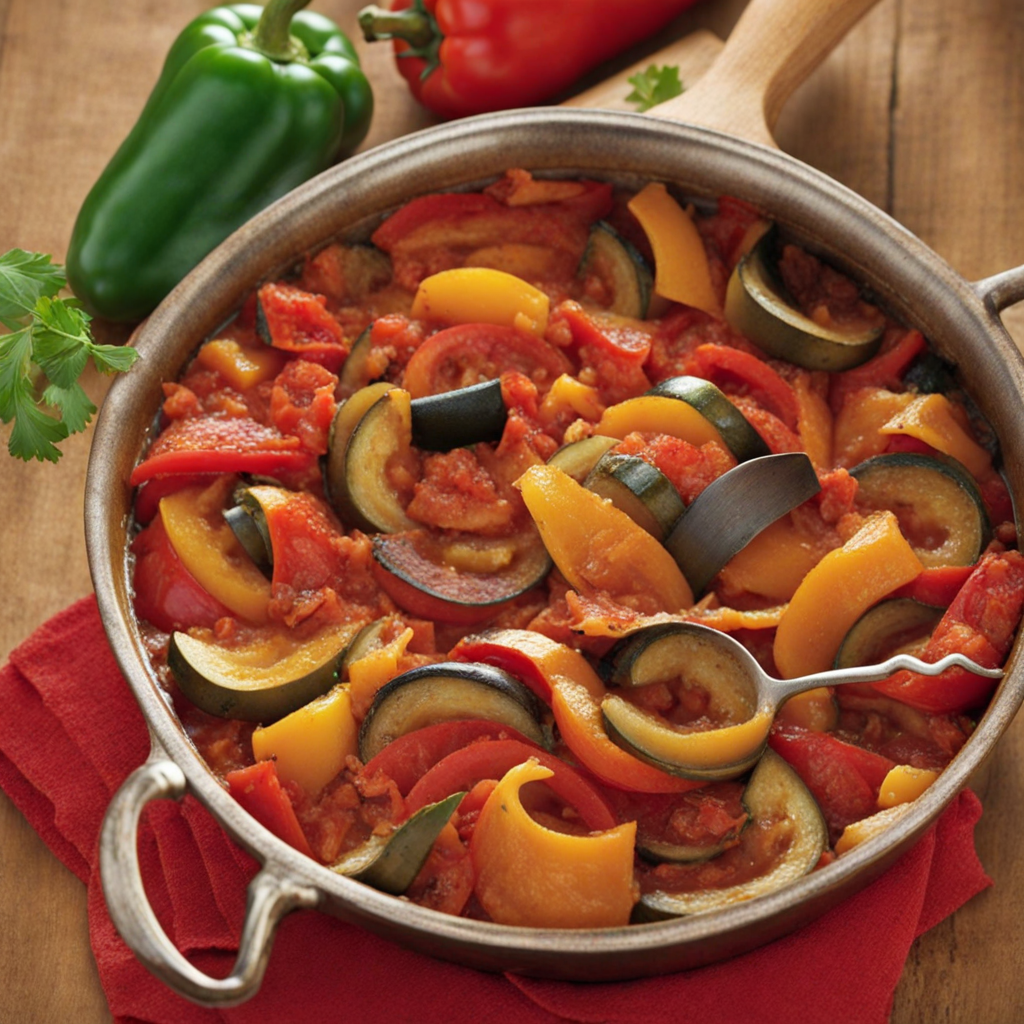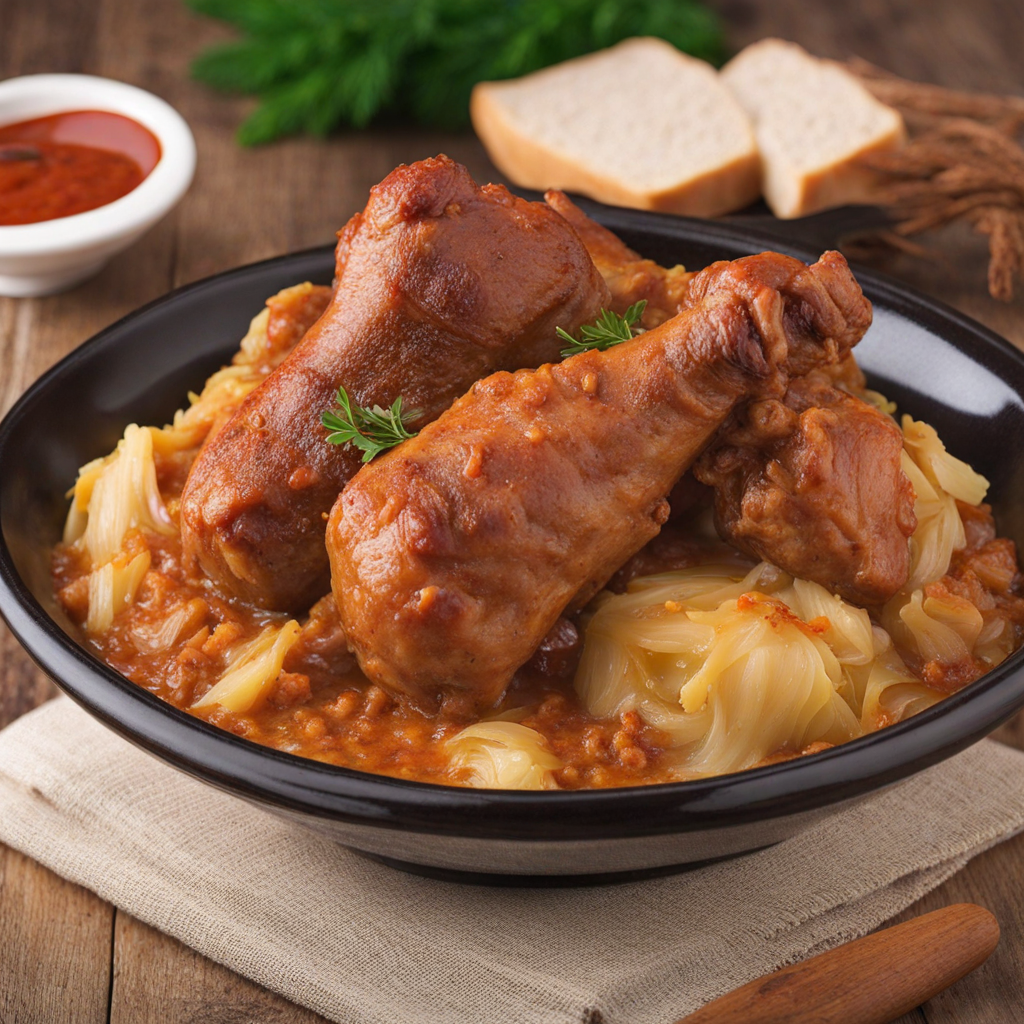Palacsinta
Palacsinta, a beloved Hungarian delicacy, is a type of thin pancake that captures the essence of comfort food with its delicate texture and versatility. These crepe-like pancakes are made from a simple batter of flour, eggs, milk, and a pinch of salt, which is then cooked on a hot griddle until golden brown. The result is a soft, pliable pancake that can be filled with a variety of sweet or savory ingredients, making it a delightful canvas for culinary creativity. The aroma of freshly made palacsinta wafting through the air is enough to entice anyone into the kitchen, promising a delicious experience that is both satisfying and nostalgic. When it comes to fillings, palacsinta truly shines, offering a range of options that cater to every palate. Sweet variations often feature a luscious filling of sweetened cottage cheese, chocolate, or fruit preserves, such as apricot or raspberry. For a more indulgent treat, they may be drizzled with chocolate sauce or dusted with powdered sugar. On the savory side, palacsinta can be filled with ingredients like ham, cheese, or sautéed mushrooms, creating a hearty dish perfect for lunch or dinner. Each bite offers a harmonious blend of flavors and textures, making palacsinta an enticing option for any meal of the day. What makes palacsinta particularly special is not only the delightful taste but also the cultural significance it holds in Hungarian cuisine. Often served at family gatherings, celebrations, or simply as a comforting meal at home, these pancakes are a symbol of togetherness and tradition. Whether enjoyed as a quick snack or a festive dessert, palacsinta invites you to explore the rich culinary heritage of Hungary, leaving you with a lasting impression of its unique flavors and heartwarming charm.
How It Became This Dish
Palacsinta: The Heart of Hungarian Culinary Tradition Palacsinta, the Hungarian pancake, is much more than just a delightful dessert or a savory dish: it is a culinary emblem of Hungary's rich cultural and historical tapestry. Originating from a blend of Eastern European culinary practices, palacsinta has woven itself into the fabric of Hungarian life, embodying the spirit of hospitality, tradition, and the celebration of seasonal ingredients. Origins: A Culinary Crossroad The word “palacsinta” is derived from the Slovak word “palacinka,” which translates to pancake. Pancakes, in various forms, have been a staple in numerous cultures across the globe for centuries, but the Hungarian version has its own unique attributes that set it apart. The origins of palacsinta can be traced back to the 14th century during the reign of the Austro-Hungarian Empire, where culinary practices from diverse regions intermingled, leading to the creation of iconic dishes. The preparation of palacsinta is relatively straightforward, consisting of a simple batter made from flour, eggs, milk, and a pinch of salt. This batter is then fried in a pan until it is thin and lightly browned. While the basic ingredients have remained fairly constant throughout history, the fillings and toppings are where creativity and cultural influences shine. Traditional fillings include sweet options such as jam, cottage cheese, or chocolate, while savory choices might feature meats, vegetables, or cheese. Cultural Significance Palacsinta holds a special place in Hungarian culture. It is often served at family gatherings, festive occasions, and celebrations, reflecting the Hungarian ethos of hospitality and communal dining. The act of making palacsinta is often a family affair, with generations coming together to prepare the batter, fill, and cook the pancakes. This communal activity fosters connections and memories, reinforcing family ties and cultural heritage. In Hungary, palacsinta is more than just a dish; it is a symbol of comfort. Its preparation can evoke feelings of nostalgia, as many Hungarians associate it with their childhood and familial traditions. From the bustling kitchens of rural homes to the trendy cafés of Budapest, the dish transcends demographics, appealing to both young and old alike. Development Over Time As Hungary evolved, so did the palacsinta. The 19th century witnessed a rise in culinary experimentation, influenced by the Romantic movement, which celebrated folk traditions and local ingredients. Chefs began to introduce more elaborate fillings, elevating palacsinta from a simple street food to a refined dish worthy of the dining tables in Hungary’s grand cafés and restaurants. In the 20th century, particularly after World War II, palacsinta became a symbol of resilience. The scarcity of ingredients during and after the war prompted Hungarians to adapt their recipes, utilizing whatever was available while still maintaining the essence of the dish. As the country rebuilt itself, palacsinta remained a staple, often featured in communal meals that brought people together during difficult times. The 1989 political changes in Hungary ushered in a new era of culinary exploration. With increased access to international influences, Hungarian cuisine began to embrace global trends, leading to the emergence of innovative takes on palacsinta. Chefs started incorporating ingredients from different cultures, resulting in unique flavor combinations that reflect Hungary’s evolving identity in a post-communist world. Today, palacsinta can be found in various forms across Hungary and beyond. In addition to traditional fillings, modern versions feature exotic ingredients like fruits, nuts, and even gourmet sauces. The dish has also gained popularity in Hungarian diasporas around the world, where expatriates keep the tradition alive while adapting it to their new surroundings. Palacsinta in Contemporary Culture In contemporary Hungary, palacsinta has become a versatile dish that is enjoyed at any time of the day. It is not uncommon to find palacsinta served as a breakfast item, dessert, or even a main course. Street vendors and cafés proudly offer palacsinta, often accompanied by a selection of fillings and toppings that cater to diverse palates. Moreover, palacsinta has made its mark in popular culture. It is celebrated in literature, film, and art, often depicted as a representation of home and comfort. Festivals dedicated to palacsinta, such as the Palacsinta Festival in Szeged, showcase the dish’s cultural significance, bringing together locals and tourists to celebrate this beloved culinary treasure. Conclusion: A Living Tradition Palacsinta is more than a mere culinary delight; it is a living tradition that encapsulates the history, culture, and spirit of Hungary. From its humble beginnings as a simple pancake to its status as a versatile dish enjoyed by all generations, palacsinta has adapted and flourished through the ages. It serves as a reminder of Hungary’s rich heritage and the enduring power of food to bring people together. As Hungary continues to evolve, so too will palacsinta. It will undoubtedly remain a staple of Hungarian cuisine, embodying the stories, memories, and flavors of a nation. Whether enjoyed at a family table, a bustling café, or a festive gathering, palacsinta will continue to be a symbol of love, tradition, and the shared joy of good food.
You may like
Discover local flavors from Hungary







